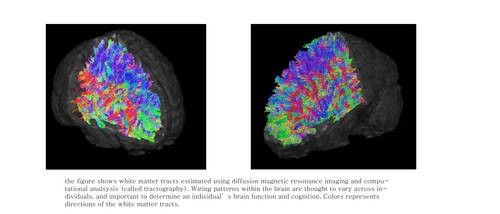Accidents & Violence, Author Interviews, JAMA / 30.07.2018
Most Young People Not Against Guns in the Home
MedicalResearch.com Interview with:
 Kendrin R. Sonneville, ScD, RD
Assistant Professor
Department of Nutritional Sciences
University of Michigan School of Public Health
MedicalResearch.com: What is the background for this study? What are the main findings?
Response: The results from this come out of MyVoice, a text message cohort of youth ages 14-24 representing every state in the country (http://hearmyvoicenow.org/). Each week we ask the youth in our cohort a series of open-ended to questions, with the goal of gathering the real-time opinions and experiences of youth across the U.S. This study reports the results of questions we asked MyVoice paritpatns between 07/2017 and 01/2018 about guns and gun control.
(1) What are your thoughts about having guns in your home?
(2) Do you think gun control laws would affect mass shootings? Why?
(3) Who, if anyone, should NOT be allowed to own guns?
We found that about one-third of youth in our diverse sample were “against” guns in the home, and the remaining two-thirds were either “pro” or “conditionally pro” guns in the home, stating that gun ownership is acceptable under certain conditions, such as proper storage, or kept away from children. Youth in our sample largely believed that gun control laws could decrease mass shootings, but one-third felt that gun control laws would not be enough to impact mass shootings. (more…)
Kendrin R. Sonneville, ScD, RD
Assistant Professor
Department of Nutritional Sciences
University of Michigan School of Public Health
MedicalResearch.com: What is the background for this study? What are the main findings?
Response: The results from this come out of MyVoice, a text message cohort of youth ages 14-24 representing every state in the country (http://hearmyvoicenow.org/). Each week we ask the youth in our cohort a series of open-ended to questions, with the goal of gathering the real-time opinions and experiences of youth across the U.S. This study reports the results of questions we asked MyVoice paritpatns between 07/2017 and 01/2018 about guns and gun control.
(1) What are your thoughts about having guns in your home?
(2) Do you think gun control laws would affect mass shootings? Why?
(3) Who, if anyone, should NOT be allowed to own guns?
We found that about one-third of youth in our diverse sample were “against” guns in the home, and the remaining two-thirds were either “pro” or “conditionally pro” guns in the home, stating that gun ownership is acceptable under certain conditions, such as proper storage, or kept away from children. Youth in our sample largely believed that gun control laws could decrease mass shootings, but one-third felt that gun control laws would not be enough to impact mass shootings. (more…)
 Kendrin R. Sonneville, ScD, RD
Assistant Professor
Department of Nutritional Sciences
University of Michigan School of Public Health
MedicalResearch.com: What is the background for this study? What are the main findings?
Response: The results from this come out of MyVoice, a text message cohort of youth ages 14-24 representing every state in the country (http://hearmyvoicenow.org/). Each week we ask the youth in our cohort a series of open-ended to questions, with the goal of gathering the real-time opinions and experiences of youth across the U.S. This study reports the results of questions we asked MyVoice paritpatns between 07/2017 and 01/2018 about guns and gun control.
(1) What are your thoughts about having guns in your home?
(2) Do you think gun control laws would affect mass shootings? Why?
(3) Who, if anyone, should NOT be allowed to own guns?
We found that about one-third of youth in our diverse sample were “against” guns in the home, and the remaining two-thirds were either “pro” or “conditionally pro” guns in the home, stating that gun ownership is acceptable under certain conditions, such as proper storage, or kept away from children. Youth in our sample largely believed that gun control laws could decrease mass shootings, but one-third felt that gun control laws would not be enough to impact mass shootings. (more…)
Kendrin R. Sonneville, ScD, RD
Assistant Professor
Department of Nutritional Sciences
University of Michigan School of Public Health
MedicalResearch.com: What is the background for this study? What are the main findings?
Response: The results from this come out of MyVoice, a text message cohort of youth ages 14-24 representing every state in the country (http://hearmyvoicenow.org/). Each week we ask the youth in our cohort a series of open-ended to questions, with the goal of gathering the real-time opinions and experiences of youth across the U.S. This study reports the results of questions we asked MyVoice paritpatns between 07/2017 and 01/2018 about guns and gun control.
(1) What are your thoughts about having guns in your home?
(2) Do you think gun control laws would affect mass shootings? Why?
(3) Who, if anyone, should NOT be allowed to own guns?
We found that about one-third of youth in our diverse sample were “against” guns in the home, and the remaining two-thirds were either “pro” or “conditionally pro” guns in the home, stating that gun ownership is acceptable under certain conditions, such as proper storage, or kept away from children. Youth in our sample largely believed that gun control laws could decrease mass shootings, but one-third felt that gun control laws would not be enough to impact mass shootings. (more…)

















